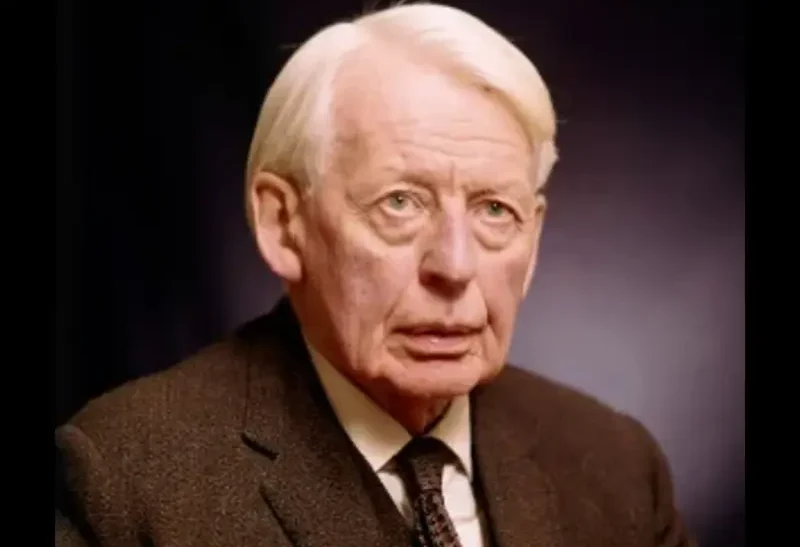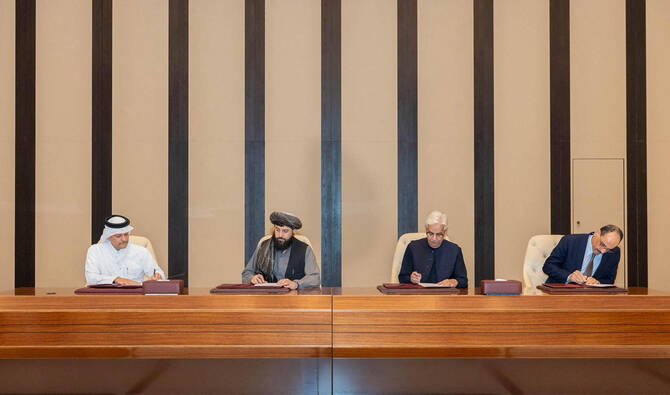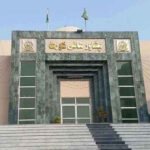Who was the founding Chairman British nuclear program?
Sir George Paget Thomson was a British experimental physicist who shared the 1937 Nobel Prize in Physics with Clinton Davisson “for their experimental discovery of the diffraction of electrons by crystals”. He was chairman of the British (MAUD) committee, which stands for Military Application of Uranium Detonation.
Education and military service
George Paget Thomson was born on 3 May 1892 in Cambridge, England, the son of physicist and Nobel laureate J. J. Thomson and Rose Elisabeth Paget, the daughter of George Edward Paget.
Thomson attended The Perse School before going on to read mathematics and physics at Trinity College, Cambridge, until the outbreak of World War I in 1914, when he was commissioned into the Queen’s Royal West Surrey Regiment. After brief service in France, he transferred to the Royal Flying Corps the following year to undertake research on aerodynamics at the Royal Aircraft Establishment at Farnborough and elsewhere. He resigned from his commission as a captain in 1920.
Career and research
In 1919, Thomson became a Fellow of and a lecturer at Corpus Christi College, Cambridge. In 1922, he was appointed Professor of Natural Philosophy at the University of Aberdeen in Scotland.
Whereas Thomson’s father, J. J. Thomson (winner of the 1906 Nobel Prize in Physics), had seen the electron as a particle, the son demonstrated that the electron could be diffracted like a wave. By scattering electrons through thin metallic films (3 × 10−8 m thick) with known crystal structures, such as aluminium, gold, and platinum, he found the dimensions of the observed diffraction patterns.
In each case, his observed diffractions were within 5 percent of the predicted values given by Louis de Broglie’s wave theory. This discovery provided further evidence for the principle of wave–particle duality, which had first been posited by de Broglie in the 1920s as what is often called the de Broglie hypothesis.
In 1937, Thomson was awarded the Nobel Prize in Physics for his work in discovering the wave-like properties of matter. He shared the prize with the American physicist Clinton Davisson, who had made the same discovery independently.
In 1929, Thomson became a non-resident lecturer at Cornell University in Ithaca, New York. In 1930, he was appointed Professor of Physics at Imperial College London. In the late 1930s and during World War II, he specialised in nuclear physics, concentrating on practical military applications. In particular, he was the chairman of the crucial MAUD Committee in 1940–1941 that concluded that an atomic bomb was feasible. In later life, he continued this work on nuclear energy, but also wrote works on aerodynamics and the value of science in society.
Later life and death
From 1952 to 1962, Thomson served as Master of Corpus Christi College, Cambridge. In 1964, the college honoured his tenure with the George Thomson Building, a work of modernist architecture on the college’s Leckhampton campus. Thomson gave the address “Two aspects of science” as President of the British Association for 1959–1960. Thomson died on 10 September 1975 in Cambridge at the age of 83. He is buried in Grantchester parish churchyard to the south of Cambridge.















